Many thanks to SWLing Post contributor, Tim, who writes:
I am a regular subscriber here, but until now have not formally commented. I’ve been an avid SWL since 1977.
I am intrigued by your in-depth article on understanding and setting up SDR’s. But, what about an antenna? How well will these radios work for someone who is an apartment dweller?
I live here in South Florida and am unable to erect anything outdoors. I do get pretty good reception on my Grundig Satellit 800 and Tecsun PL-880. For these, I use either an indoor slinky antenna I bought on E-Bay; or an active indoor tunable loop antenna. This is one of the models past reviewed by you. It is Australian made, and covers 6-18 MHz. Please comment if you can on antenna usage.
Thank You very much!
First of all, I’m glad you enjoy the SWLing Post, Tim!
Great question: no doubt you understand that the antenna is the most important part of your radio equation!
It sounds like you’re currently using a slinky antenna and a portable PK Loop HF antenna.
You’re on the right track with a PK Loop if you live in an apartment and have no way of putting an antenna outdoors. Being a small magnetic loop antenna, the PK Loop should help mitigate a bit of the noise in your apartment building.
What I love about the PK Loop is it’s small enough that you can re-position and rotate it to tweak noise rejection and find the quietest spot in your listening room. When I travel by car and even by air, the PK Loop is a welcome companion.
Before we talk about investing in a better indoor antenna, let’s make sure we cover a more affordable option first…
External wire antennas
If you have operable windows in your apartment, even fishing a thin-gauged wire out of your window–allowing it to simply hang along the outside of the building–could improve your reception significantly. Of course, if there’s a source of noise outside of your apartment it might only make things worse, but this is at least an inexpensive experiment and the results might impress you.
I actually tested this theory once and published the following results in a previous post about the PK Loop:
I had a fantastic opportunity to evaluate how well the PK Loop would perform in a typical hotel room. My buddies Eric (WD8RIF), Miles (KD8KNC) and I stayed overnight in a hotel on Wright-Patterson Air Force Base during our mini National Parks On The Air DXpedition.
The hotel room was indeed dense with RFI.
We hooked my Electraft KX2 to both the PK Loop and to a simple random wire antenna.
Without a doubt, the PK Loop was much better at mitigating radio noise than the wire antenna we hung on the inside of the hotel window.
Unlike most modern hotels, however, this one actually had operable windows, so we tossed the random wire out the window and made another comparison. In this case, the external wire antenna consistently outperformed the PK Loop, no doubt because it had the advantage of being outside the radio noise cloud within the hotel’s walls. It goes to show that outdoor antennas–even if simply hanging from a room window–will almost always outperform comparable indoor antennas.
So, if you have a way to dangle a wire out one of your window, give this a try.
How long should the wire be? I suppose it depends on how much vertical space you have below your window. For starters, I’d try to suspend at least eight feet of wire outside. If I had the vertical space, I’d try as much as 31 feet.
Important: First you must check to make sure your wire couldn’t possibly touch electrical lines. Never lower a wire outdoors if the wind could blow it into an electric service entry point, power line or any other type of line or cable. You should do a thorough inspection of the site first.
With that said, keep in mind: Stealth is key!
Use a thin wire with a black or dark jacket/insulation. Only lower it when using it–don’t leave it out all day long. Check to make sure your antenna isn’t going to interfere with your neighbors below (like landing in their outdoor grill or flower pots!). One strong complaint from neighbors could shut down your operation permanently.
Now back to loops…
If you don’t have operable windows or a way to deploy a wire antenna outside–or you’ve tried a wire antenna and results were unsatisfactory–then you will be forced to stick with indoor antennas which almost always leads you down the path of larger amplified wideband magnetic loop antennas.
This is a topic I covered extensively earlier this year.
Please read the post: Indoor shortwave antenna options to pair with a new SDR.
Keep in mind that if you’re fortunate enough to have a balcony, this is where you should mount your loop antenna. Check out this post by SWLing Post contributor, Klaus Boecker.
Note that there are a number of sub $100 indoor amplified antennas on the market, but I would avoid using them–click here to read my thoughts about these.
In addition, read through this post which includes practical low-to-no-cost tips and best practices for shortwave listening at home and on the go.
Frugal SWLing: Investing little, but getting a lot out of your radio
I’m plotting to write a more in-depth article about antennas in the coming months, but it will focus on external antennas and methods of mounting them. When you have no means of mounting an antenna outdoors, in my opinion, your best options are the ones mentioned above.
Post readers: Have I overlooked an indoor antenna option? Please comment if you have experience with indoor antennas!
Do you enjoy the SWLing Post?
Please consider supporting us via Patreon or our Coffee Fund!
Your support makes articles like this one possible. Thank you!

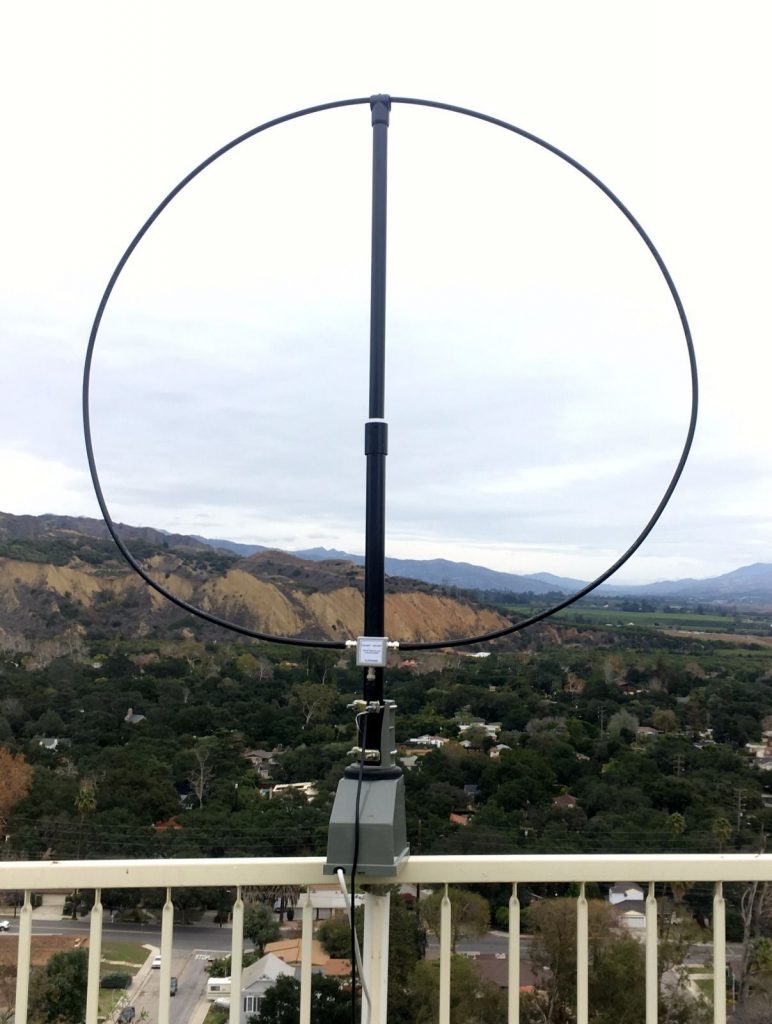
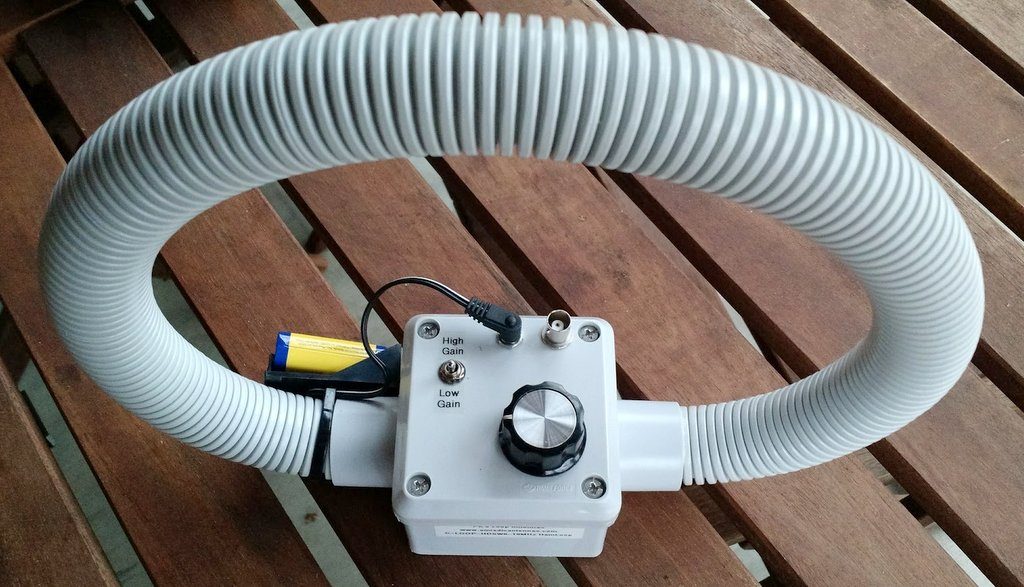
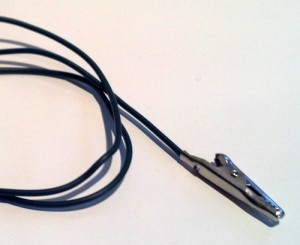
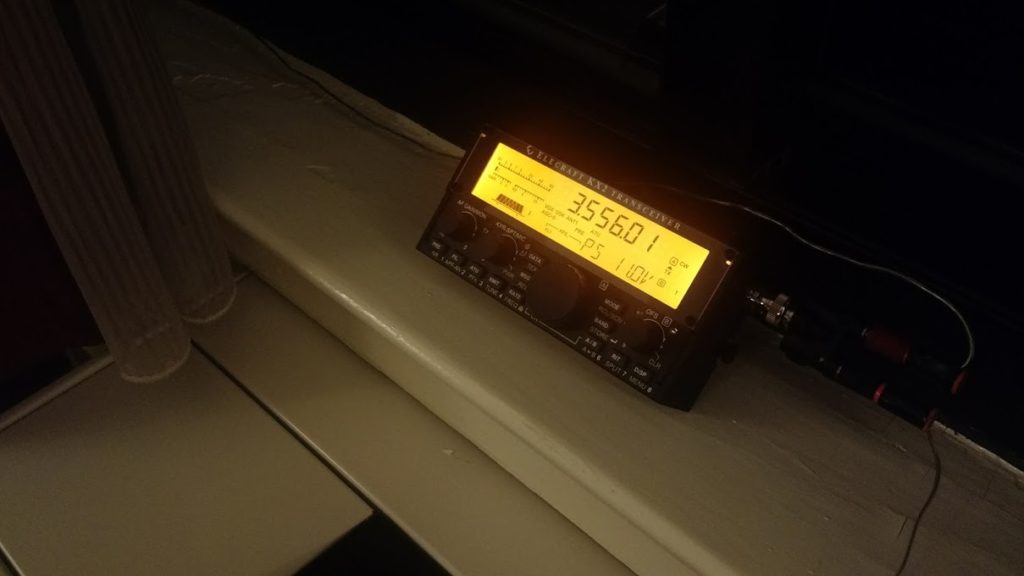

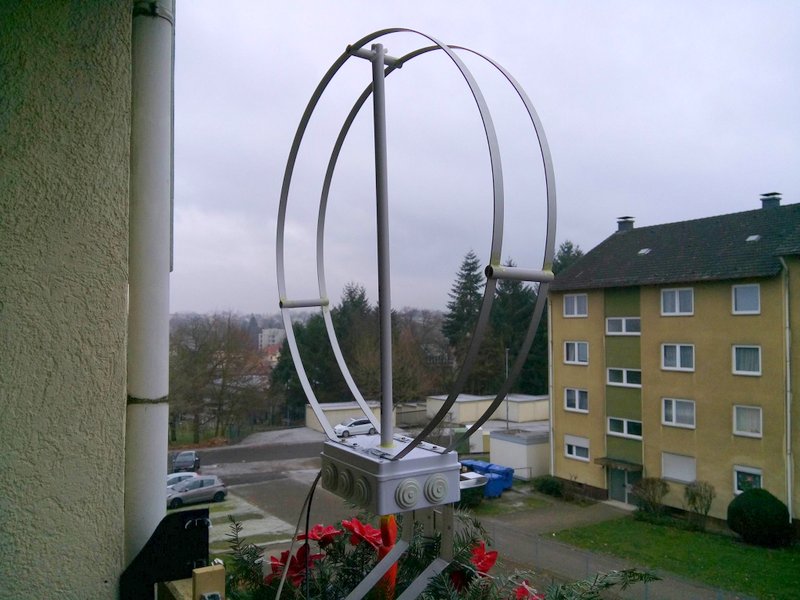

For 0…30Mhz reception (only) I may suggest this interesting loop antenna (1st circuit/pics)
http://www.techlib.com/electronics/antennas.html
it’s a homebuilt loop antenna, the antenna loop is made using a cheap “hula hoop” then, a handful of cheap components allow to have a remotely controlled tunable circuit which also acts as a (low gain) preamplifier and impedance matching.
The whole thing is easy to build using easy to find and off-the-shelf components and parts, and is suitable for external or indoor use; in the latter case, I still suggest to host the preselector and the controlbox in two separate boxes so that you’ll be able to move the antenna to whatever location and/or keep it away from local noise sources
For a (hopefully) more clear schematic, with some notes, see this pic
https://postimg.cc/V0LDXw3d
I just edited the original schematic adding some infos/notes and better separating the controlbox from the antenna unit
That was I think the second loop I ever built 😉
It’s not a bad design, if a little finicky. Since the TL592 is basically a video voltage op-amp it tends to be a bit noisy at HF frequencies compared to a discrete design, but it’s better than many. The output resistor should really be more like 20? to match 50? cable & receiver (the TL592 o/p impedance is 30?). To get the best out of it, it also needs to be run either from batteries or a _very_ well-filtered supply – ideally, in either case, with better filtering at the antenna/amp end. From memory, I added a pi filter with a 1mH choke & (100?F bypassed with 0.1uF ceramics) on either side. I toyed with the idea adding a pi filter to the tuning line too, since in my location I suffer from both AM & FM break-in to anything broadband, but in the end I had no trouble with it.
As mentioned in the article, the resistor across the input is needed to give some practical bandwidth – it really is razor-sharp without it, to the point that at the bottom end it can be so touchy to be near-unusable. 4.7k made it a bit broad for my liking though; I ended up with I think 10k? there which, in conjunction with a multi-turn pot, made it sharp-ish but with nice gentle tuning at the bottom end .
I tend to prefer Trask-style loops these days – either tuned, or untuned with a bit of amplification – but that design is a pretty good beginner active loop.
As for compact antennas, have a look at this one
http://www.hamuniverse.com/taktennareview.html
also check the website (https://www.tak-tenna.com/) for additional pics and installation ideas
https://www.tak-tenna.com/Customer%20photos.html
😉
also check these pics which gives an idea about how, even not an “indoor” one, the TAK antenna may fit constrained space
https://www.tak-tenna.com/image004.jpg
https://www.tak-tenna.com/40%20on%20tripod%20on%20deck.jpg
https://www.tak-tenna.com/20%20on%20balcony.jpg
and the nice thing is that it’s a real dipole and can cover the full HF bands
See our RadioReference wiki on the subject of loops – lots of links here, and several technical and homebrew ones too
http://wiki.radioreference.com/index.php/Loops
As a Ham, I use a vertical pole when I was in college for 40 and 80. What I did, following a magazine article, was cover it with a variety of artificial flowers and a stand looking like a flower pot except it held cement. The coil was also covered. The patio excepted the decorative tree and blended in with the surroundings quite well.
I live in a two story brick apartment up stairs. I use a I Max 1000 outside antenna suspended from the celling. Great reception in evening time. Run a Kenwood R 1000 receiver.
I have owned a W6LVP loop, a Wellbrook loop and a Doxytronics loop. For the price paid vs what you get, get a Doxt loop… nearly 1/3rd the price of a wellbrook and about 1/2 the price of the W6LVP. The doxy has sharper nulls then the other two and the antenna tuner knob built into the Doxy makes a difference. The antenna is labeled as tuning 3-15mhz, while it won’t go lower very well.. I regularly used it to hear Radio Kuwait 15540khz when they were analog and had no issues.
Some of those loops are so damn ugly that neighbor complaints are inevitable. Some visual re-design will make them less obtrusive and noticeable. Otherwise you’ll get complaints about having shop-vac attachments on sticks on your deck from the busybodies.
I live on the first floor of a six floor cement multiple dwelling in Athens, Greece. I use either an indoor or an outdoor random wire stretched along the bottom of the balcony above me. Using different transistor radios I saw minimal improvement and only on SW with the outdoor wire but one tube radio had worse reception below the 25m band with the outdoor wire. MW reception was clearly better with the outdoor wire but only on certain tube radios. The reason for the minimal improvement on SW is probably due to the fact that I am surrounded by tall cement buildings.
I thought about a loop antenna but that would be an exercise in frustration. The reason is that I have been having different noises, most of the time simultaneously, some of variable period, intensity and frequency and all of outside sources, a situation that at least would require constant tuning and reposition of the loop. A single RFI filter certainly will not suffice.
And here is a strange case of laptop noise: I had both my laptop and one of my tube radios connected to to the same electrical outlet via the same extension with no problem. I started using a surge suppressor with a built in RFI filter to connect both to the outlet and the laptop interference has made it impossible to listen to the radio. I replaced the suppressor with a different brand but the noise is still there.
The mystery and intrigue that come with radios has enchanted me since my kid years!
Another inexpensive antenna option is a dipole with the feedline running up the wall in a corner, and then the dipole arms going out along the top of ceiling at a 45 degree angle – sort of like an X,Y,Z axis turned upside down. This is even useful as a transmit antenna with low power, but should be quite good for reception. You might have to experiment with different locations in the apartment as there may be more or less electrical wiring nearby, but you should be able to find a reasonable spot.
One additional note, since duct tape or electrical tape along the walls might not look so neat (!), to hold up the wire along the ceiling you might want to invest in the adhesive hooks sold everywhere which allow you to remove them without damaging paint – they will look much nicer, be more than sufficient to hold the wire, and won’t damage the walls.
Cheers!
Thanks, Robert–great suggestion! I love the idea about the removable hooks. Duct tape is brilliant stuff, by by golly removing it later might remove part of the wall or ceiling!
Another thought I’ve had–and have seen done in the past–is using adhesive copper tape on a large window like a sliding glass door.
T
I have four PK loops and enjoy them all. They are shielded loops [I believe] and better at rejecting room RFI than my non shielded loops. Mine do have to be tuned to frequency, but one type of PK I do not have is matched for all of MW and available with a co-ax lead with or without an amp.
With a remote untuned loop, you could scan the band, and then point the antenna differently and scan again. PK offers at least one remotely tuned AM loop you could clamp to a balcony railing or position just inside a large window.
I see a photo of the W6LVP untuned amplified loop and I have that too. It seems to pick up MW narrowly off the rounded sides, not the open sides. So it should separate stations in different directions on the same frequency, so in the photo it would pick up along the side of the building in either direction, not out the window and back into the room. -FARMERIK
PK Loops are great. I’ve been considering investing in one of his larger MW loops. I could probably build one, but I like supporting folks that make quality products in our radio world.